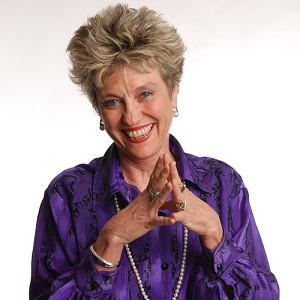 Why would a hacker target my PSAP?
Why would a hacker target my PSAP?
This was a question we got on our recent webinar, The Case of PSAP Ransomware Attacks. The answer is sobering. No matter how large or small, no PSAP is safe.
The public sector is experiencing an increase in cyber attacks. This includes ransomware attacks, of which 22 have been reported in the first few months of 2019, making the number of attacks this year set to outnumber those in 2018. Governments and agencies of all sizes face the threat of both intended and automated attacks. And when the hacker finds someone or somewhere to strike – the results can be devastating. Victims end up paying tremendous amounts of money, making these attacks a billion-dollar business. They believe paying the ransom will get their data back. Statistics tell another story; only half will ever see their data again.
For public safety agencies, where the amount of data gathered continues to rise, knowing how to reduce risk has never been more critical. With multiple systems in a PSAP, and the systems becoming more interconnected every day to send and receive data, the opportunity for hacking increases – some would say by leaps and bounds.
Think about the transfer of SMS data from your call handling system to your CAD system. Each system may have its firewalls, but more firewalls doesn’t equate to security. In fact, the more firewalls, the more vulnerabilities – the more to maintain. Factor in the “fires” PSAPs must fight daily, along with a task like firewall maintenance and it’s no surprise many agencies have little to no time and resources to consider how to ‘secure’ their systems to prevent an attack.
Knowing how to approach cybersecurity can be overwhelming, but PSAPs can no longer afford not to understand what’s needed. If you missed our webinar hosted by NENA, a recording is available to share where your PSAP may be most vulnerable and the steps to take for utmost security. We look at two use cases, PSAP A and B, and how they are and are not applying some of the most important elements to avoiding a ransomware attack. The areas we examine include patching, firewalls, backups, encryption and monitoring. Plus we share the single most important factor in protecting your PSAP.




